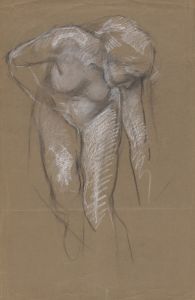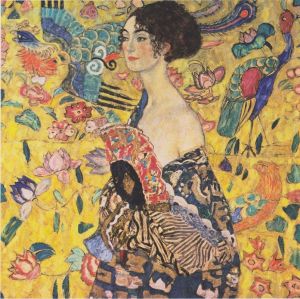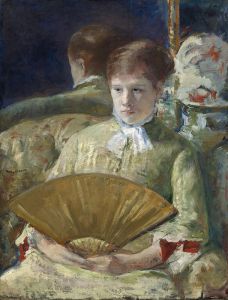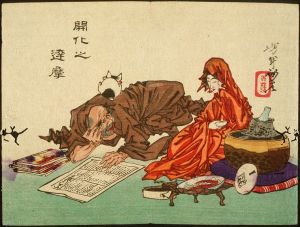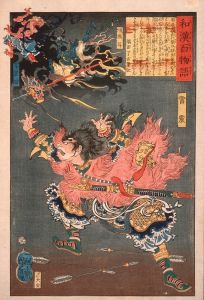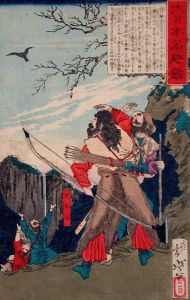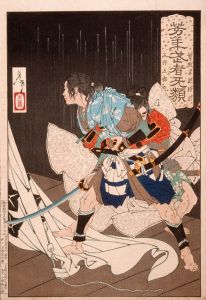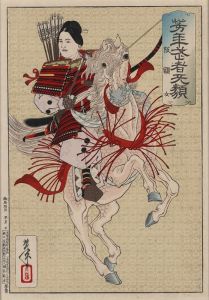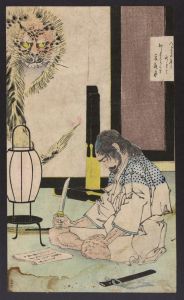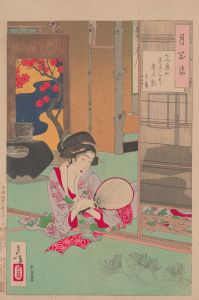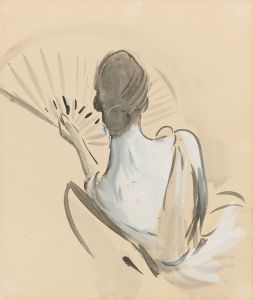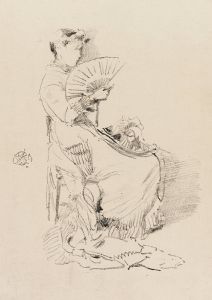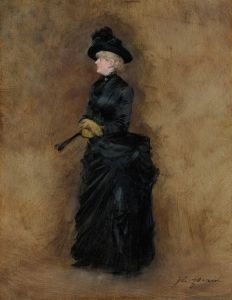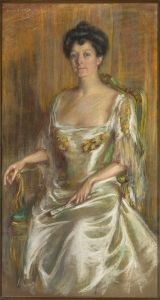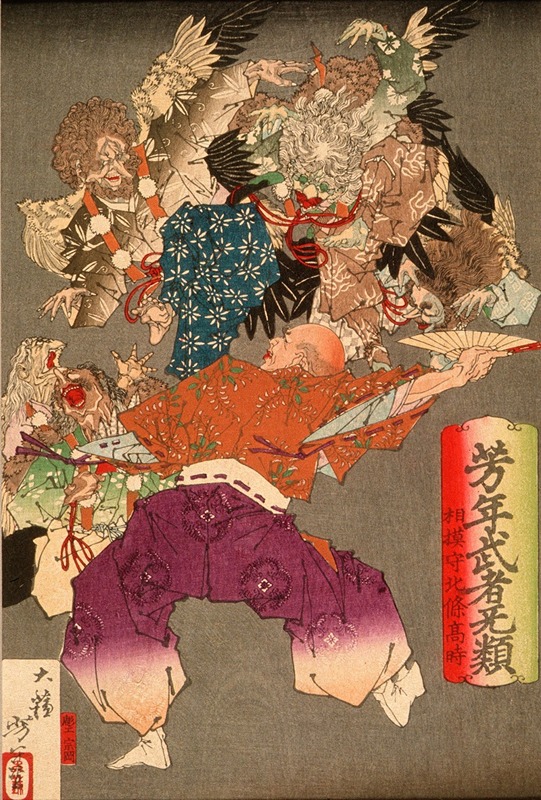
Hōjō Takatoki, Lord of Sagami, Warding Off Tengu with His Fan
A hand-painted replica of Tsukioka Yoshitoshi’s masterpiece Hōjō Takatoki, Lord of Sagami, Warding Off Tengu with His Fan, meticulously crafted by professional artists to capture the true essence of the original. Each piece is created with museum-quality canvas and rare mineral pigments, carefully painted by experienced artists with delicate brushstrokes and rich, layered colors to perfectly recreate the texture of the original artwork. Unlike machine-printed reproductions, this hand-painted version brings the painting to life, infused with the artist’s emotions and skill in every stroke. Whether for personal collection or home decoration, it instantly elevates the artistic atmosphere of any space.
"Hōjō Takatoki, Lord of Sagami, Warding Off Tengu with His Fan" is a woodblock print created by the renowned Japanese artist Tsukioka Yoshitoshi. This artwork is part of Yoshitoshi's series "New Forms of Thirty-Six Ghosts" (Shinkei Sanjūrokkaisen), which was published between 1889 and 1892. Yoshitoshi is celebrated for his innovative approach to traditional ukiyo-e, a genre of Japanese woodblock prints that flourished from the 17th to the 19th centuries.
The print depicts Hōjō Takatoki, a historical figure who was the last regent of the Kamakura shogunate, serving from 1316 to 1333. Takatoki is often remembered for his eccentric behavior and the decline of the Hōjō clan's power during his regency. In Yoshitoshi's depiction, Takatoki is shown warding off tengu, mythical creatures from Japanese folklore known for their mischievous nature and supernatural abilities. Tengu are often portrayed as bird-like beings or as human figures with long noses, and they are considered both protectors and tricksters within Japanese mythology.
In the artwork, Takatoki is illustrated with a fan, a common symbol of authority and control in Japanese culture. The fan is used here as a tool to repel the tengu, emphasizing Takatoki's attempt to assert his power and maintain order amidst chaos. The scene captures a blend of historical and mythical elements, reflecting Yoshitoshi's interest in exploring the supernatural and the psychological dimensions of his subjects.
Yoshitoshi's work is characterized by its dynamic composition, vivid colors, and intricate details, all of which are evident in this print. His ability to convey emotion and movement through woodblock printing techniques is widely admired, and his prints often explore themes of conflict, transformation, and the supernatural. "Hōjō Takatoki, Lord of Sagami, Warding Off Tengu with His Fan" exemplifies these themes, presenting a dramatic and engaging narrative that draws viewers into the world of Japanese folklore and history.
The series "New Forms of Thirty-Six Ghosts" marked a significant period in Yoshitoshi's career, as it was created during the final years of his life. This series is considered one of his masterpieces, showcasing his mature style and his deep engagement with the cultural and spiritual heritage of Japan. Through his work, Yoshitoshi contributed to the revival of ukiyo-e during a time when the art form was facing decline due to the modernization of Japan and the introduction of new printing technologies.
Overall, "Hōjō Takatoki, Lord of Sagami, Warding Off Tengu with His Fan" is a testament to Yoshitoshi's artistic skill and his ability to weave together historical and mythical narratives. The print remains a valuable piece for both its artistic merit and its cultural significance, offering insight into the rich tapestry of Japanese folklore and the historical figures who have shaped it.





